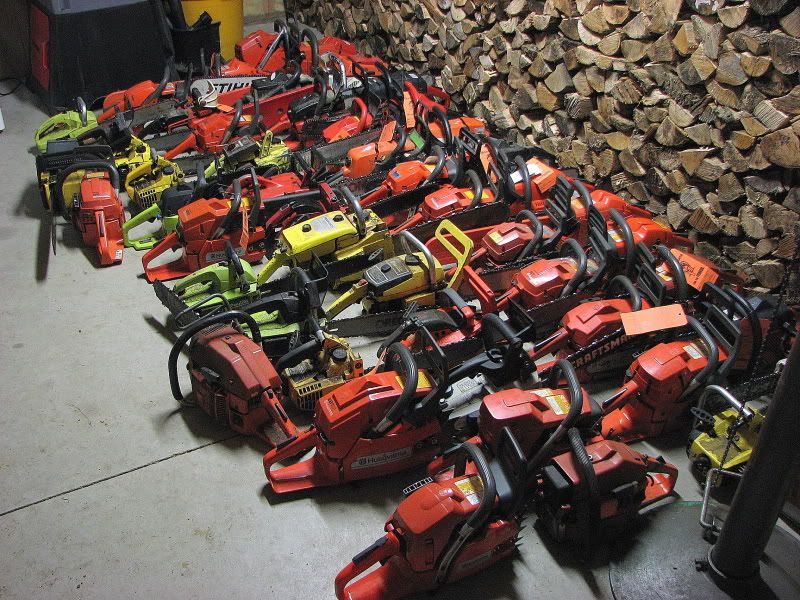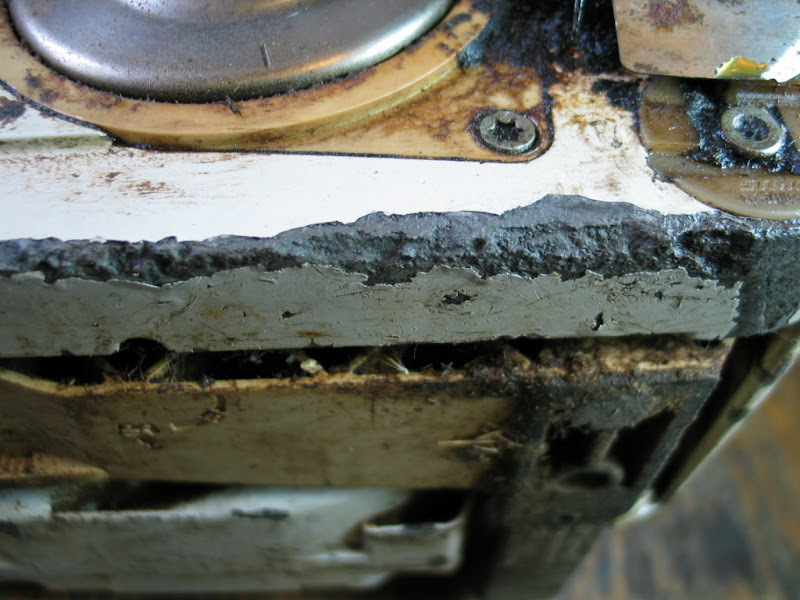It doesn't actually 'charge' the battery, it just ups the specific gravity because it is affected by temperature... A fully discharged battery will freeze relatively quickly below the freezing point, where a fully charged one
won't freeze until about -70c! Here in Canada in the winter, we use a block heater for the engine and a battery blanket to keep the batt warm so it has more cranking power than it would if it were @ ambient temp.
As far as concrete discharging batteries, I have seen it happen, like so many are saying, moisture plays a role here and it could be as simple as the fumes out-gassing from the concrete carrying corrosive salts in vapor form.
I once worked @ a warehouse, we had lots of customers coming back with flats of canned pop that were all flat, flats and flats of them! I went to the back of the warehouse with the boss and saw that they were sitting on the concrete, floor! I told him that's yer problem right there! He did not believe me.. So I showed him. I took a pop from the top of the stack and opened it, fizzy... I then took one from the bottom... FLAT! He said no way it was the floor. so I did it again, one from the top fizzy! I slid a whole flat out from the bottom of the stack and opened every one, FLAT! I said SEE! He still didn't believe, so I said put all the pop up on wooden pallets and you wont have any more trouble, he did and the problems all went away! I told him, all the flats that were returned were obviously from the last rows that were sitting on the floor, all different brands and types..
As far as the blocks of metal on the boat hulls, those are called "sacrificial anodes" and are put there because they 'sacrifice' themselves to the corrosion so the parent metal stays protected. They are also on outboard motors, if you see a small block of soft-ish Metal bolted onto the lower leg somewhere, they are not balance weights! Your hot water heater should have one as well, usu as a plug looking thin on the top, it supports a long rod of anodic material suspended in the water inside. There should also be some isolators on the pipes coming in and out of the heater to stop the flow of 'corrosive' galvanic currents.
I work on aircraft now, and they are all put together with lightweight materials that can corrode FAST if not attended to quickly! Mostly Magnesium wheels and skins are affected the worst! Galley's, bathrooms and entrance ways are the most common areas to find corrosion.. We have to be mindful of all kinds of corrosion, dissimilar metal corrosion, we use a chart to determine which metals can go together without problems, like a steel screw in an aluminum part, etc.. Magnesium does seem to be the worst, though. Even carbon fibre is corrosive to other materials from a dissimilar metal standpoint, we use stainless screws in carbon fibre because the galvanic action between steel screws and carbon fibre eats them to hell in a very short time! I have seen corrosion on planes do some really scary stuff!
Old51AVE :greenchainsaw:
its probably the lime that does it,cold concrete was what i have been told ,stand to reason if you heat a battery it will actually charge its an old bush trick,put one near a camp fire,but not to close or it will destroy it








